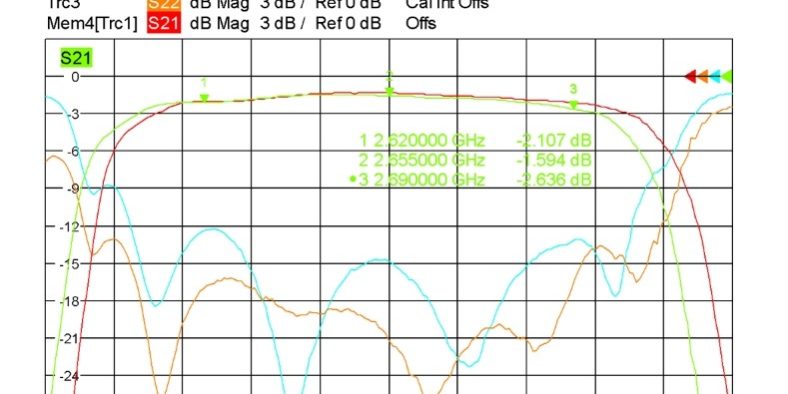Temperature drift refers to the phenomenon that the performance, parameters or output results of a physical device or system are offset or changed due to changes in ambient temperature. This drift is usually an unavoidable physical effect that affects measurement accuracy, system stability and equipment reliability.

Principle of temperature drift
Temperature drift occurs due to the sensitivity of materials and devices to temperature. Temperature changes can cause changes in the physical properties of materials (such as resistivity, refractive index, expansion coefficient, etc.), thereby affecting the working state of the device. For example:
Temperature drift in circuits: Parameters of electronic components (such as resistors, capacitors, semiconductor devices) such as resistance value and bias voltage will change with temperature, resulting in a shift in circuit output.
Temperature drift in optical devices: The refractive index and expansion coefficient of lens or optical film materials are affected by temperature, which may cause changes in the focal length, transmittance or reflectivity of the optical system.
Manifestations of temperature drift
Electronic equipment: The output voltage, current or frequency deviates from the design value due to temperature fluctuations.
Optical system: Imaging focus drift, spectral center wavelength shift or bandwidth change.
Mechanical system: Errors in size or shape due to thermal expansion or contraction.
Effects of temperature drift
Reduced measurement accuracy: In sensor systems, temperature drift may cause the measured value to deviate from the true value.
Degraded system stability: The long-term operation of electronic or optical devices may be disturbed by temperature fluctuations, affecting performance.
Shortened device life: Temperature stress may increase material fatigue, which in turn affects device durability.
Quantitative indicators of temperature drift
Unit: Temperature drift is usually expressed in “ppm/°C” (parts per million per degree Celsius). This indicates the amount of parameter change of a component or device under each degree Celsius temperature change.
Calculation formula: Temperature drift = parameter change / initial parameter value × 106 × 1 / temperature change (or Temperature drift = initial parameter value / parameter change × 106 × temperature change, the specific formula may vary depending on the context).
Countermeasures for temperature drift
Material selection: Select materials with good thermal stability, such as low thermal expansion coefficients or low-temperature sensitivity.
Circuit compensation: Design a temperature compensation circuit to offset the drift effect by adding a thermal element (such as a thermistor).
Structural optimization: Reduce the impact of temperature gradients on performance by thermodynamically designing the equipment structure.
Environmental control: Operate key equipment under constant temperature conditions to avoid the impact of external temperature fluctuations.







